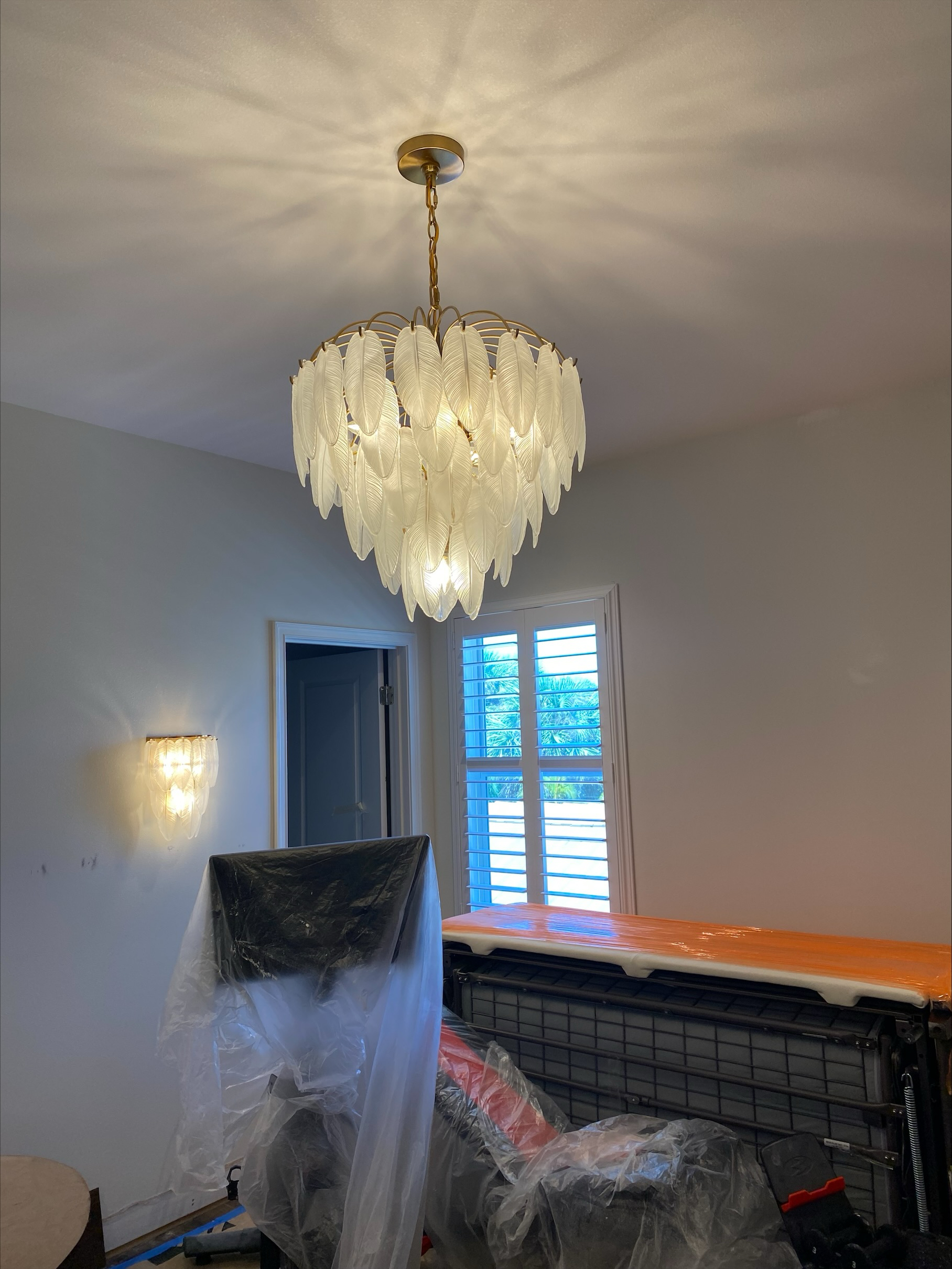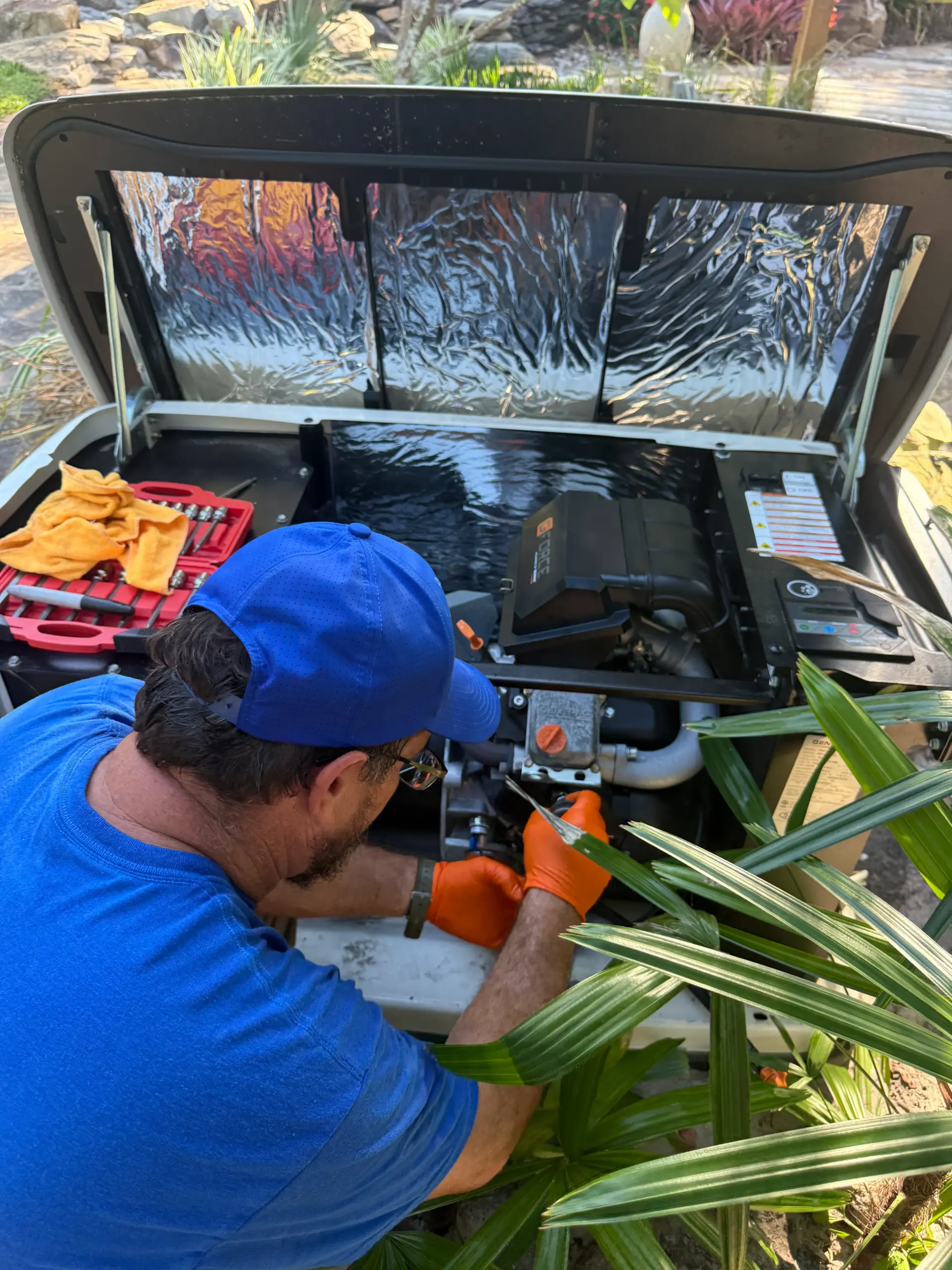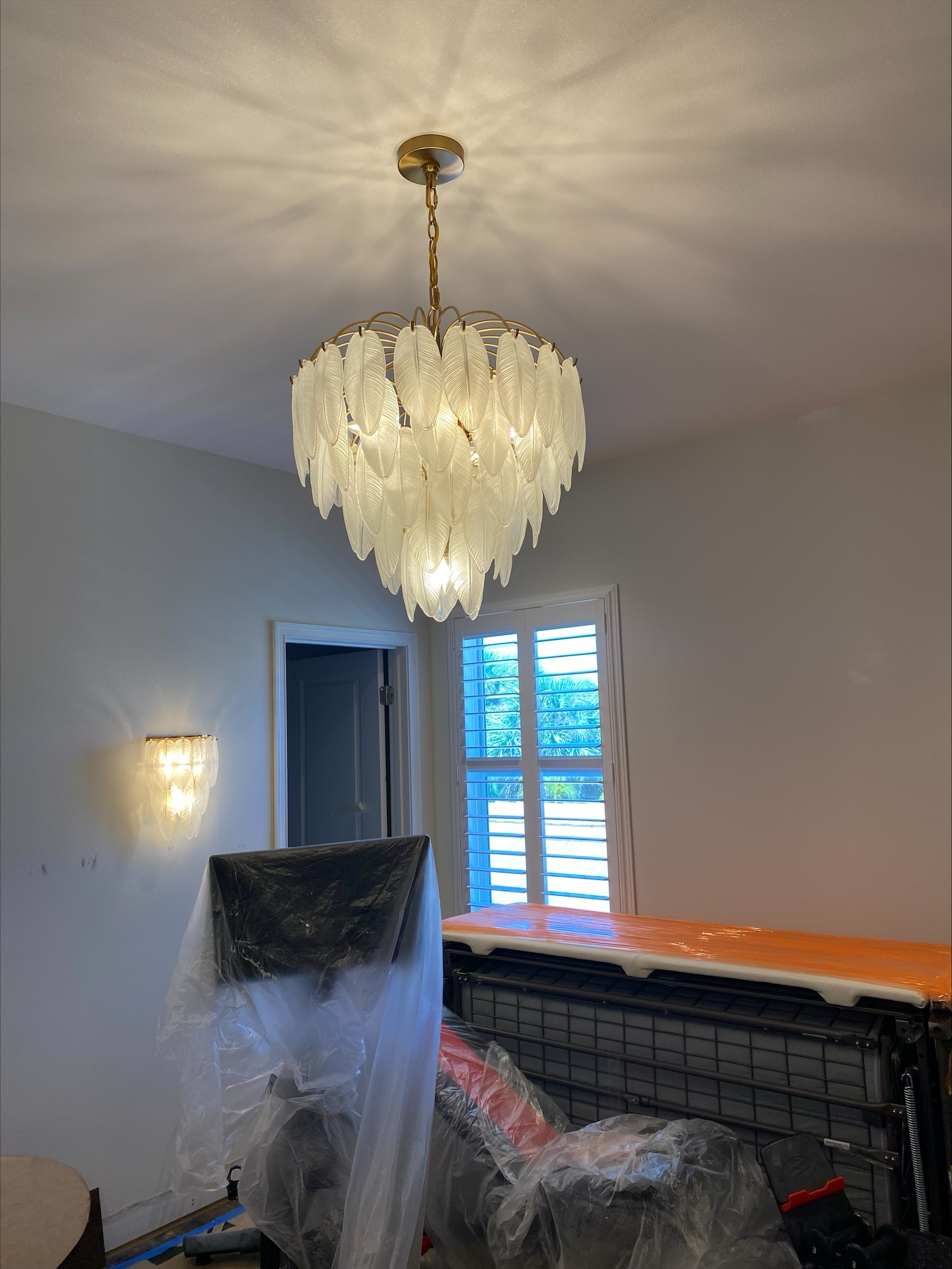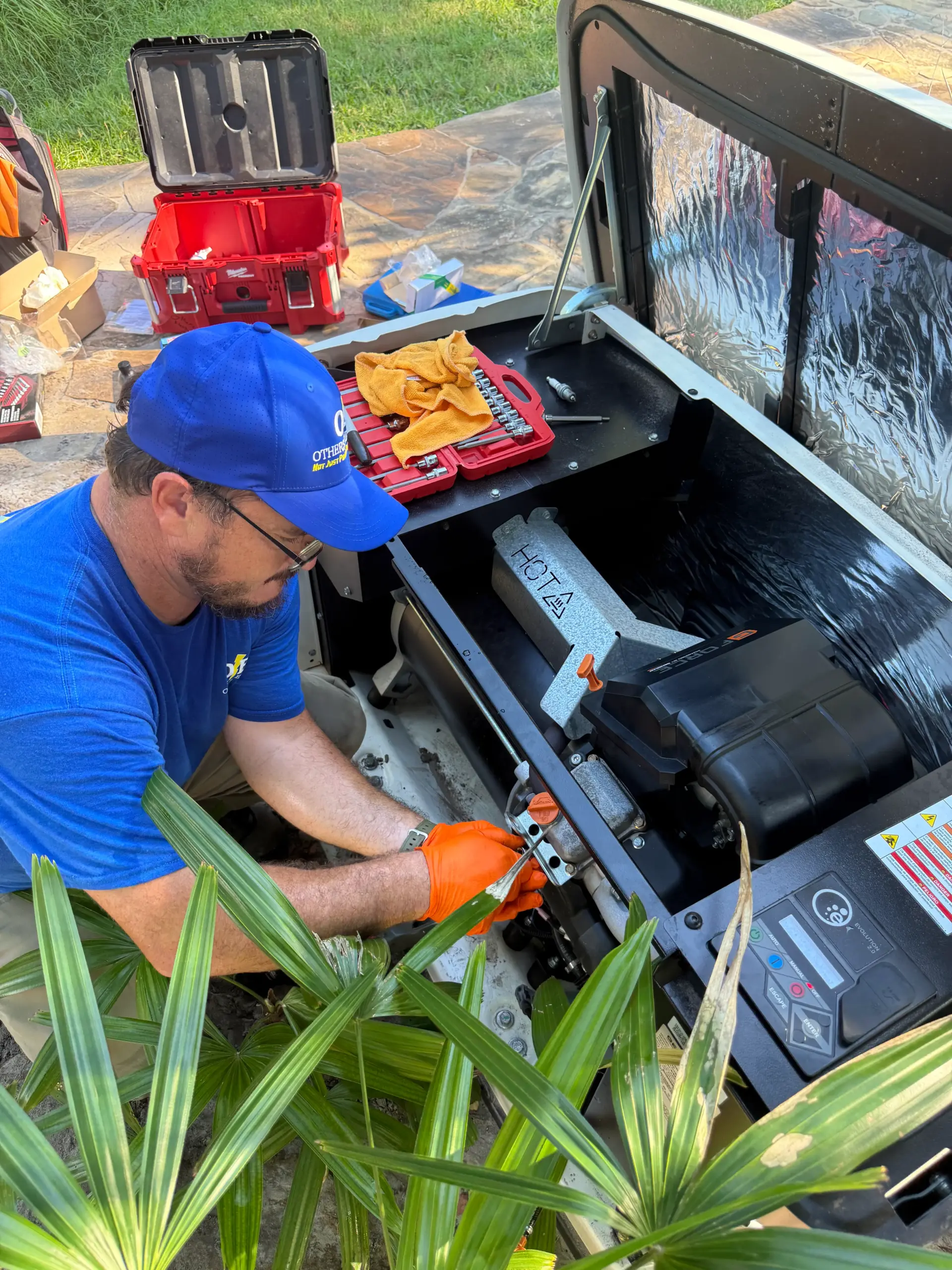When the power suddenly cuts out, many people find themselves scrambling in the dark—both literally and figuratively. Whether due to hurricanes, grid failures, lightning strikes, or unexpected equipment issues, blackouts are a reality in many parts of Florida. Understanding how to prepare for a blackout can mean the difference between inconvenience and true emergency. Preparation is not just a matter of having flashlights handy; it’s about ensuring safety, continuity, and peace of mind.
Florida’s East Coast, in particular, is no stranger to power outages. The region’s weather patterns, dense population, and reliance on aging electrical infrastructure increase the odds of blackout events. As our reliance on technology grows, so does the potential impact of even short-term power loss. In this guide, we’ll walk through the key steps you should take to prepare for a blackout the right way—thoroughly, calmly, and effectively.

Understanding the Causes of Blackouts
To know how to prepare for a blackout, it helps to understand what typically causes them. In Florida, the most common culprits include hurricanes and tropical storms that bring high winds and flooding, often toppling power lines and damaging transformers. Additionally, lightning strikes are a routine occurrence in summer months and can instantly disrupt local grids.
Technical failures from aging equipment, accidents involving utility infrastructure, and excessive demand during hot weather also play a role. Sometimes, blackouts are rolling or planned due to system maintenance or strain. Regardless of the trigger, the effects can range from momentary disruption to days without power.
Knowing these potential causes informs the level of readiness needed, especially during storm season.
Creating a Household Power Outage Plan
When asking how to prepare for a blackout, one of the first steps should be creating a power outage plan for your household. This plan should account for communication, lighting, food, water, medication, and safety. Identify who is responsible for gathering supplies, checking on neighbors, or operating a backup power source.
Every family member should know where emergency supplies are stored and what to do when the lights go out. Your plan should also include alternative methods of staying informed—such as battery-powered or hand-crank radios—to monitor emergency broadcasts. Make sure cell phones and rechargeable lights are always kept at high battery levels during storms or heatwaves.
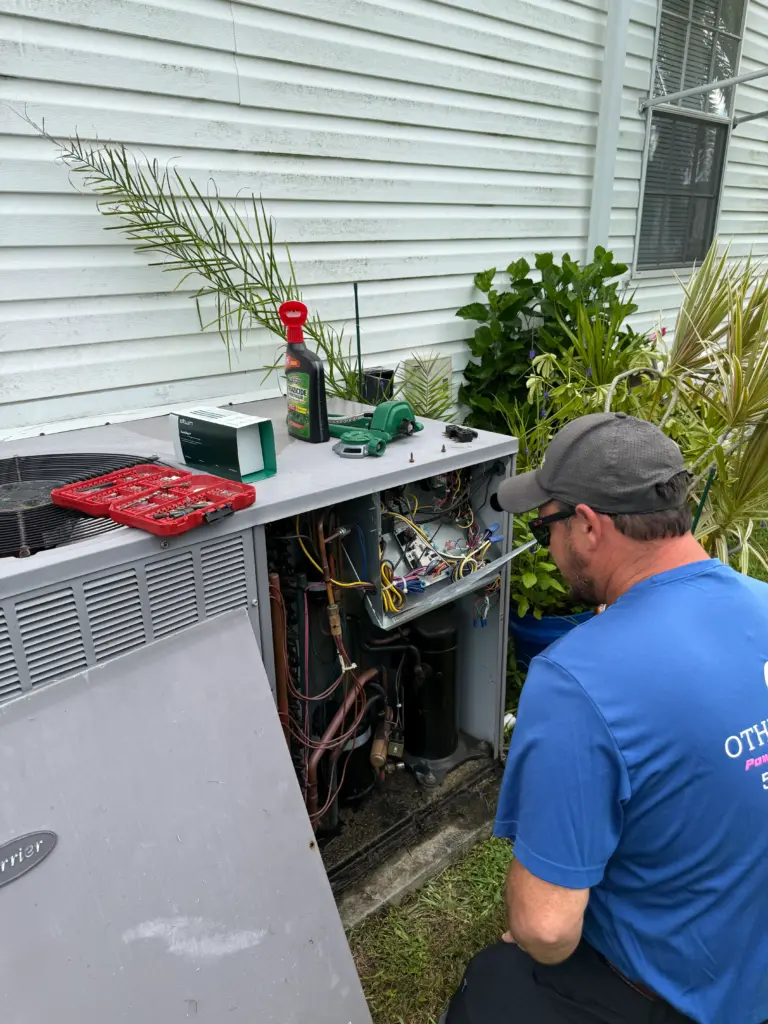
Emergency Supplies You Should Always Have
A well-stocked emergency kit is central to preparing for any blackout. Keep flashlights in accessible locations and store extra batteries in sealed containers. A lantern can illuminate entire rooms more effectively than small flashlights. Battery-powered fans or cooling packs help combat Florida’s heat when the air conditioning shuts off.
Your kit should also include bottled water, non-perishable food, first aid materials, and any necessary prescription medications. Manual can openers and utensil alternatives should also be available. Having multiple charging banks ready for phones or other small devices ensures communication doesn’t go dark with the lights.
As the U.S. Department of Homeland Security advises, it’s wise to plan for at least 72 hours without utilities. Building this kit before the need arises will reduce stress and increase resilience when the grid goes down.
Backup Power and Generator Readiness
A key element in understanding how to prepare for a blackout is ensuring you have backup power solutions in place. Generators, whether portable or standby, provide vital electricity to refrigerators, medical devices, lights, and other necessities during an outage.
Generators must be kept in good condition and tested regularly. Always operate them in well-ventilated, outdoor areas to prevent carbon monoxide buildup. If using extension cords, ensure they are outdoor-rated and heavy-duty. Transfer switches allow for seamless operation between grid power and generator electricity—this can protect devices and prevent backfeeding into utility lines, which is both dangerous and illegal.
Work with a licensed electrician to install and maintain these systems. Knowing your generator is ready to go, with plenty of fuel or charged batteries, can give peace of mind when the forecast looks grim.
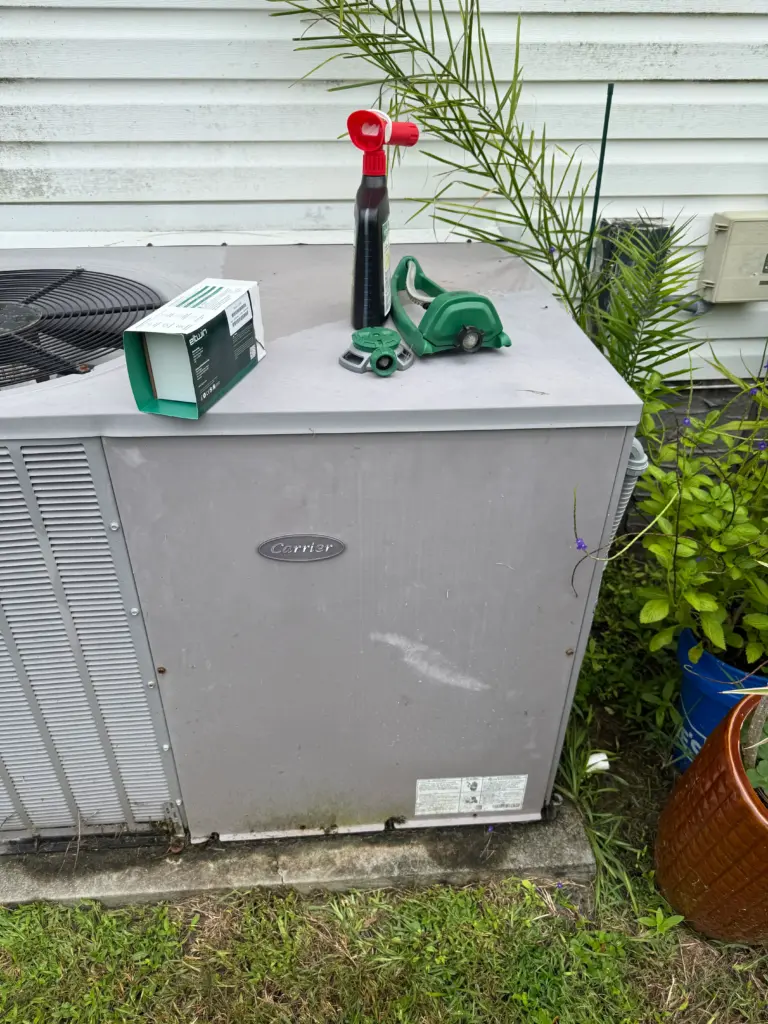
Protecting Appliances and Electronics
Power surges are common during outages—especially when the power is restored. To avoid costly damage, unplug sensitive electronics like televisions, computers, gaming consoles, and smart appliances when a blackout begins. Surge protectors provide some defense, but they cannot handle large voltage spikes caused by grid fluctuations or lightning.
Smart home systems may also fail during a blackout, so having manual alternatives for locks, lighting, or climate control is wise. Labeling your circuit breaker panel helps with managing these systems during outage recovery.
For added protection, consider installing whole-house surge protection. It’s an investment that can save thousands in damage over time.
Food and Water Preservation
When electricity fails, so does refrigeration. Knowing how to prepare for a blackout includes keeping perishable foods safe. Keep refrigerator and freezer doors closed to preserve cool temperatures. A full freezer can keep food safe for about 48 hours, while a half-full one may only last 24 hours.
Having a cooler and ice packs can extend food safety during longer blackouts. Stocking up on canned goods, nut butters, and dried fruits ensures you have nutritious options without needing heat or refrigeration. Remember to store enough bottled water—one gallon per person per day is the recommended amount by FEMA.
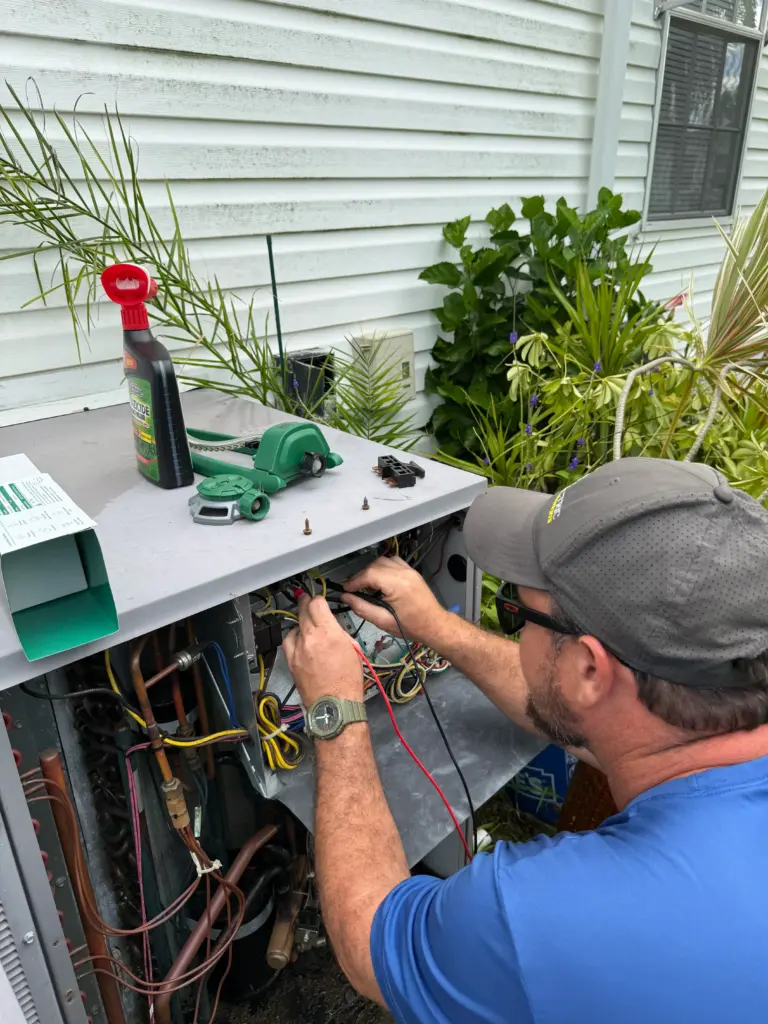
Staying Safe During the Outage
During an outage, avoid using candles for light due to the fire risk, especially in homes with pets or children. Stick to LED lanterns or battery-powered lights. If you have a gas stove, ensure the area is well-ventilated before using it, and never operate grills or outdoor stoves indoors.
Check on elderly neighbors or those with medical conditions who may be especially vulnerable. Monitor news reports using a battery-powered radio. If authorities suggest evacuation due to storm damage or heat risk, follow their instructions promptly.
Security systems may also go offline, so have backup locks or mechanical reinforcements for doors and windows. Always notify local authorities of downed lines or broken infrastructure to prevent injuries.
Recovery After Power Returns
When the lights come back on, it’s tempting to flip everything on at once. However, it’s better to reconnect your systems slowly. Start with essentials, then move to appliances and entertainment systems. This reduces strain on your circuits and gives you a chance to inspect equipment for damage.
Restock any supplies that were used, including water, food, batteries, and medications. Make note of what worked well and what didn’t. Use the experience to refine your power outage plan.
Working with professional electricians to assess your system post-outage can also prevent recurring issues or long-term damage. Some problems, such as hidden wiring damage or faulty breakers, may not be visible right away.
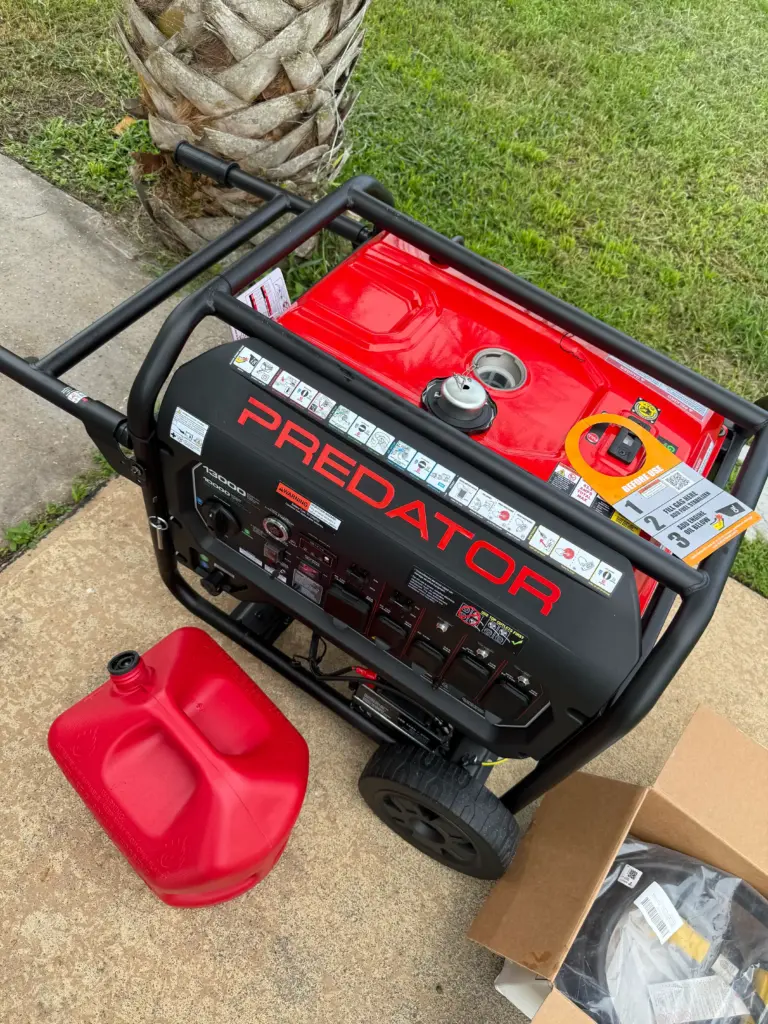
Conclusion
Learning how to prepare for a blackout isn’t just about planning—it’s about empowerment. The uncertainty and stress of losing power can be greatly reduced with proper preparation, reliable backup systems, and a clear safety strategy.
Florida residents, especially along the East Coast, need to take this seriously. Storms and outages will continue to be part of life here, but with the right tools and guidance, they don’t have to be devastating.
For professional support in blackout preparedness, generator installations, surge protection, and residential wiring safety, Others Electric offers expert services tailored to Florida homeowners. Their licensed electricians are ready to help you stay powered, protected, and prepared.


